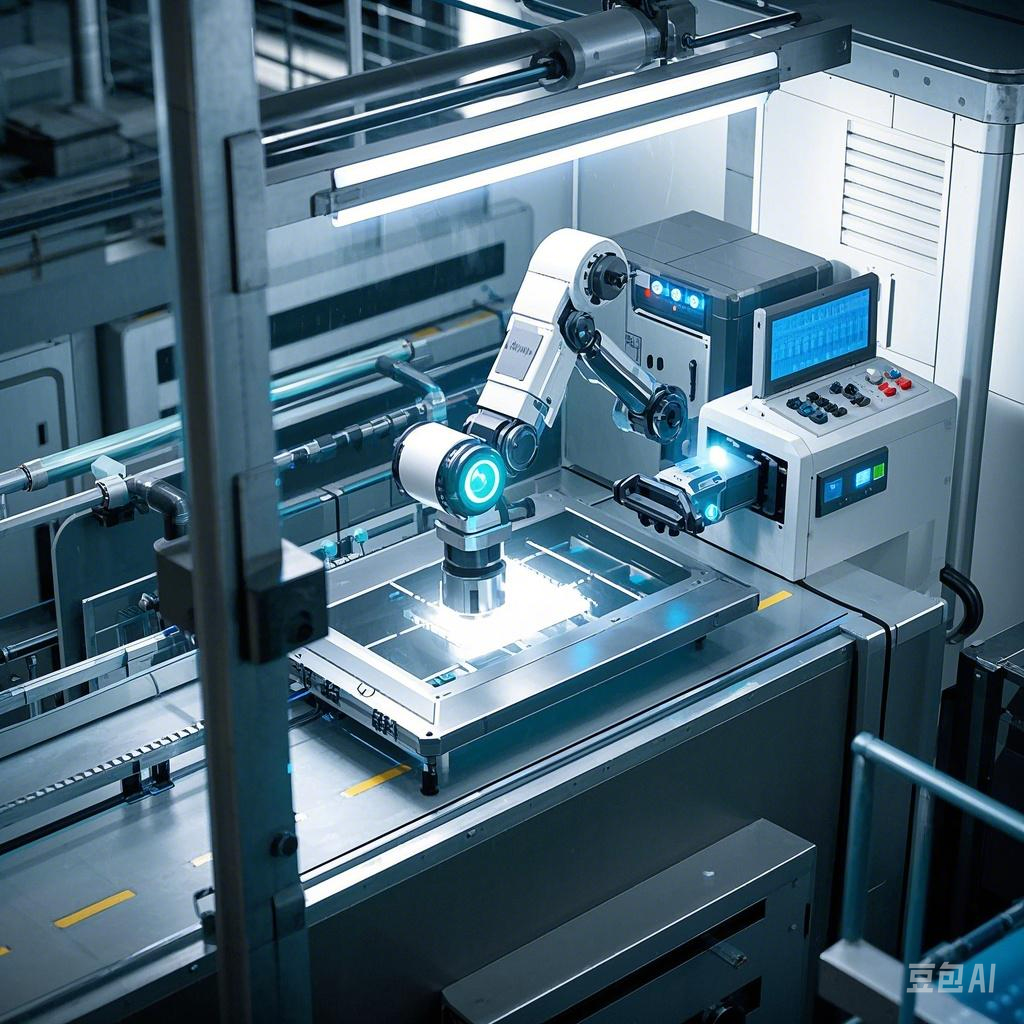
China has built over 30,000 basic-level smart factories, 1,200 advanced-level and 230 excellence-level smart factories. This progress comes from a national training program to develop smarter manufacturing systems.
These excellence-level smart factories are located in all 31 provinces and cover more than 80% of major manufacturing industries. They have created about 2,000 advanced systems, including smart storage, online quality checks, digital (数字的) product design, and intelligent (智能的) production planning.
____▲____ These factories have reduced product development time by 28.4%, increased production efficiency by 22.3%, lowered defective products by 50.2%, and cut carbon emissions by 20.4% on average. Such improvements help companies save costs, produce higher-quality goods, and protect the environment.
Smart factories use technology like AI and big data to automate tasks and make better decisions. For example, machines can now find out product flaws, and systems can track materials to reduce waste. These changes are transforming (改变) traditional factories into modern, eco-friendly workplaces.
China’s smart factory program shows how technology is improving manufacturing. Experts say this shift will make Chinese products more competitive globally while supporting sustainable development. This is an important step towards a better future.
1.1. How many excellence-level smart factories has China built?
A Over 30,000.
B Over 1,200.
C Over 230.
D Over 2,000.
解析:选C。C细节理解题。根据文章第一句 “China has built over 30,000 basic-level smart factories, 1,200 advanced-level and 230 excellence-level smart factories. ” 可知,全国已建成3万余家基础级智能工厂、1200余家先进级智能工厂、230余家卓越级智能工厂。故选 C。
2.2. Which of the following questions can be answered according to the second paragraph?
A How many manufacturing factories were built this year?
B What things do these excellence-level smart factories produce?
C Where are these excellence-level smart factories?
D How much do these factories help with the national income?
解析:选C。C细节理解题。根据第二段第一句的 “These excellence-level smart factories are located in all 31 provinces and cover more than 80% of major manufacturing industries.”可知,这些卓越级智能工厂分布在31个省份,覆盖超过80%的制造业行业大类。故选 C。
3.3. What can be put back into the “ ▲ ”?
A Technology is important for factories.
B Smart factories are very popular in China.
C Many products are making changes.
D The results are amazing.
解析:选D。D 段落大意题。根据本段内容可知,工厂产品研发周期平均缩短28.4%,生产效率平均提升22.3%,不良品率平均下降50.2%,碳排放平均减少20.4%,提质增效降碳成效显著。“The results are amazing.”(结果是惊人的)能够很好地引出后面关于这些成果的描述,起到总结和引领下文的作用。故选D。
4.4. What can we infer from experts’ opinions?
A Smart factories will make Chinese products less popular.
B Smart factories may help China achieve sustainable development.
C The program focuses only on economic growth.
D Traditional factories will disappear completely.
解析:选B。B推理判断题。根据最后一段的“this shift will make Chinese products more competitive globally while supporting sustainable development”可知,专家表示,这一转变将使中国产品在全球更具竞争力,同时也有助于实现可持续发展。故选B。